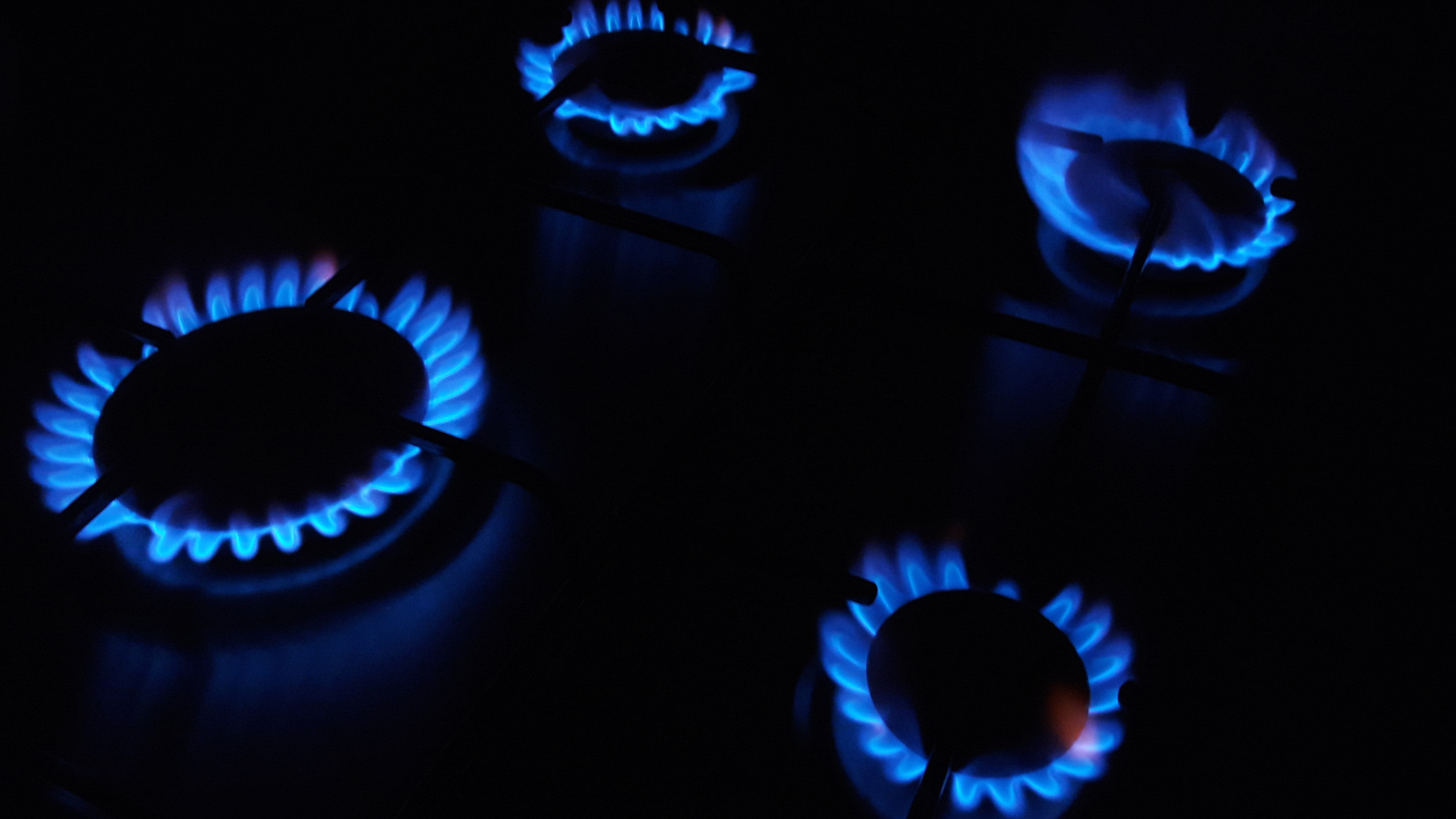1 min read
Smart Monitoring Takes the Lead in Rural Ohio's Gas Storage Safety
![]() Jacqueline L. Mulhern
:
Sep 29, 2022 8:43:47 AM
Jacqueline L. Mulhern
:
Sep 29, 2022 8:43:47 AM

When natural gas is in the news and on every headline, it is a good time to remember that the nation's natural gas distribution system is decades old. And in many places, the pipelines are almost reaching the end of their operational lifetime. And that means more and more failures and a higher risk for leaks, explosions, and deadly outcomes. Safety is once again the top priority and risk.
The gas operators have only one option - Investing more in maintenance and capital improvement. But as the economy is pressing, the regular practices are not simple to follow. A more modern way to prioritize and make decisions is required. The solution is in the data. And more specifically - in the data from the field.
When a Central Ohio gas company needed to collect data from remote field locations, they turned to Ayyeka. Now they are cooking on four burners!
For nearly 100 years, the gas company has made the safe delivery of natural gas a top priority. This service has played an important role in the economic and civic life of Central Ohio. It provides natural gas service to affiliates and non-affiliates through a network of over 150 miles of pipeline and three underground gas storage fields. These gas storage fields help balance the pipeline system and can provide up to half the daily supply needs for the company.
Instead of going to the field, the data they need is brought to utility operators. Operational costs are lower and fewer technicians are needed. It does not take a Ph.D in Computer Engineering to install Ayyeka's digital solution.
One utility operator explained, "Ayyeka’s is great for some of our smaller stations. We just need a device out there that we can check on once in a while and get good data. We receive data on the trending of the pressures, and get a notification when a problem does accrue."
These monitoring points are remote stations where it doesn’t make sense for a small utility to spend $20k or more, but data is needed from them. The alternative to Ayyeka is manual site visits and/or a costly telemetry network.
Ayyeka not only saved on labor costs but also provided the missing data from more remote parts of the network. As a result, the utility makes better decisions with quality data. Forward planning becomes easier.


